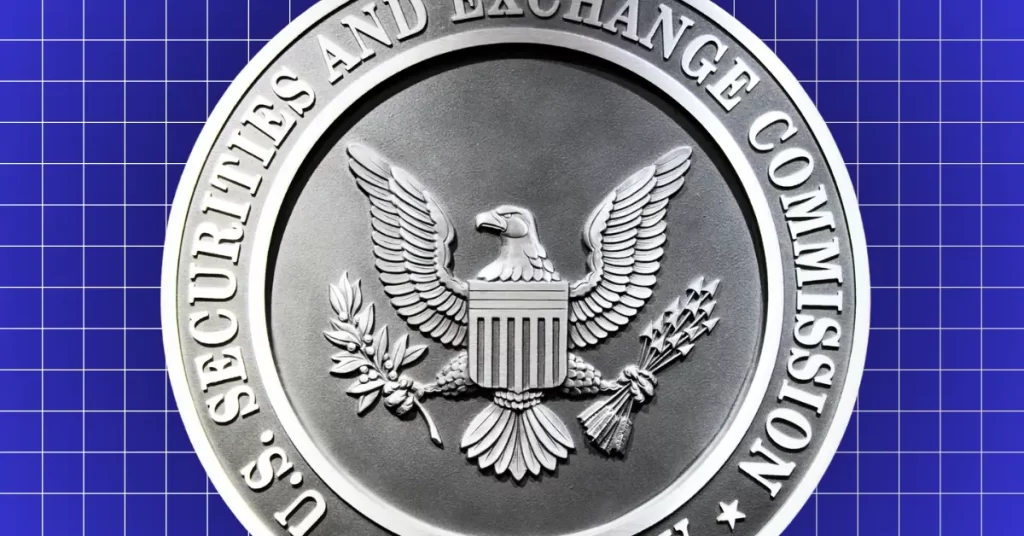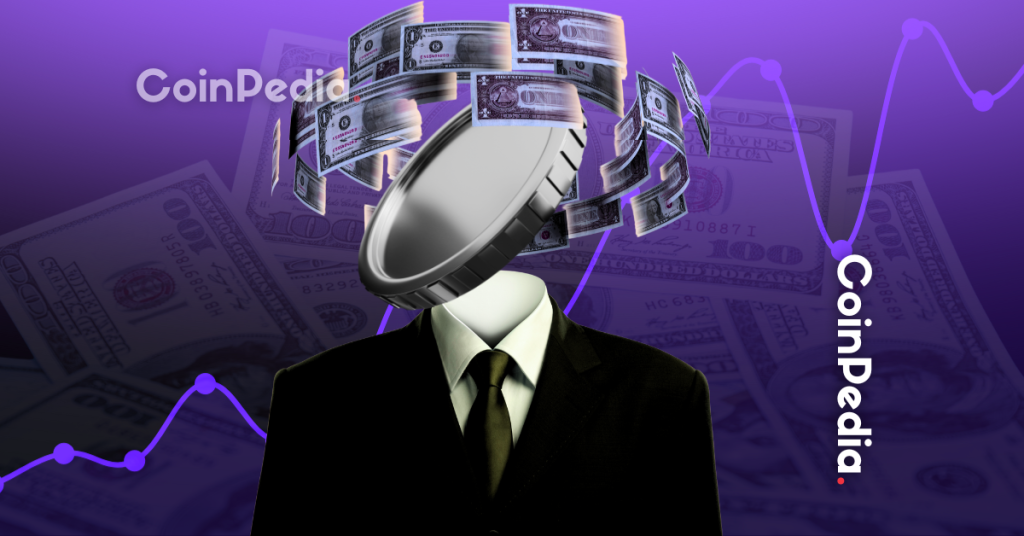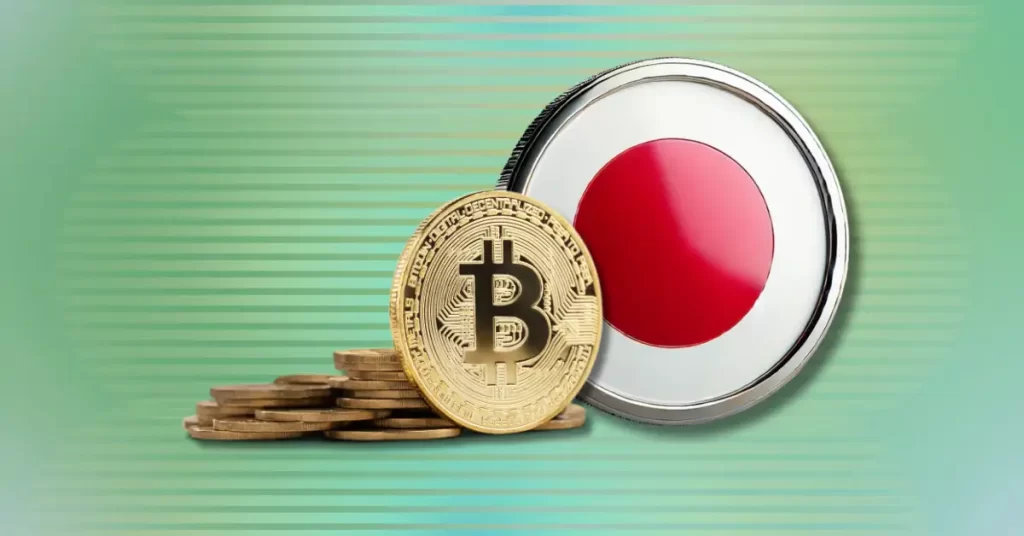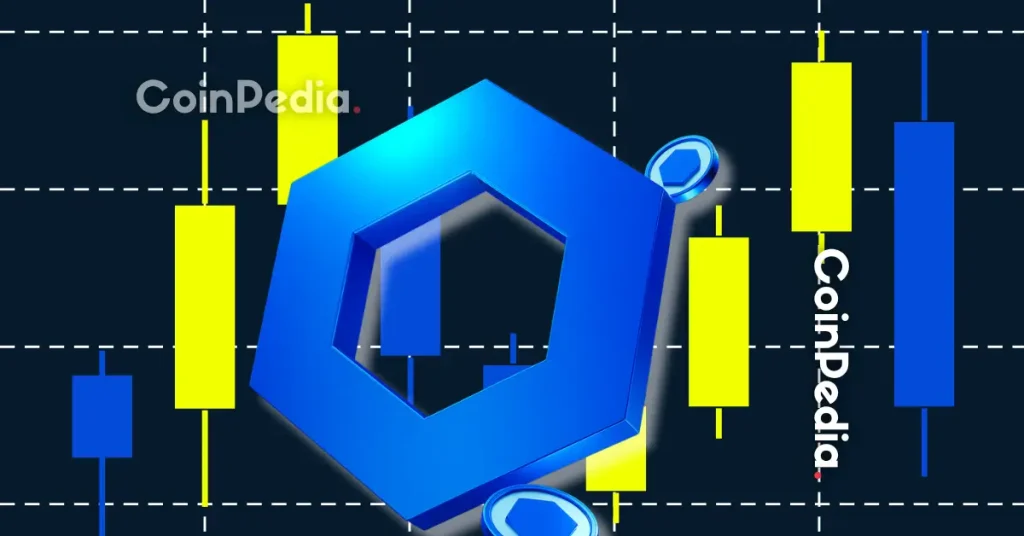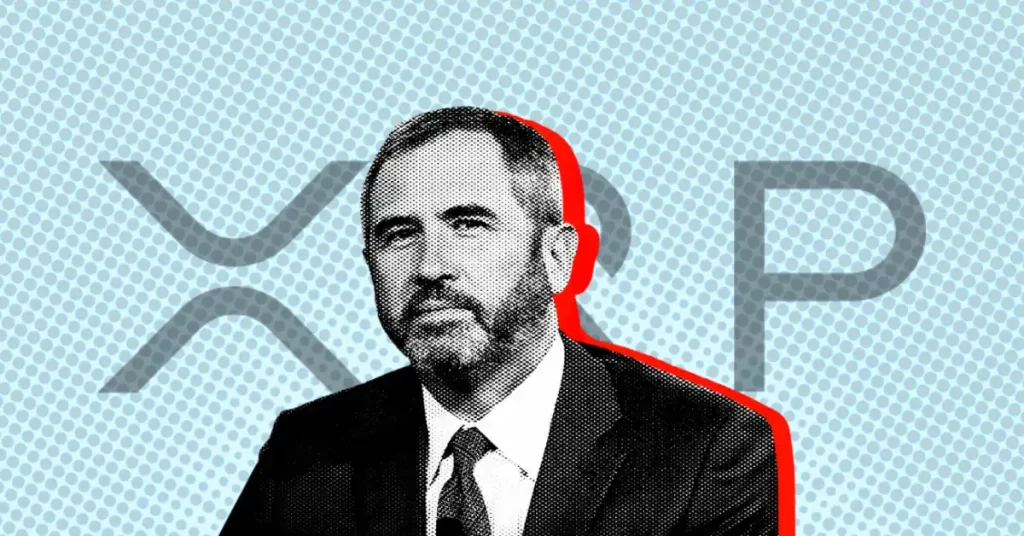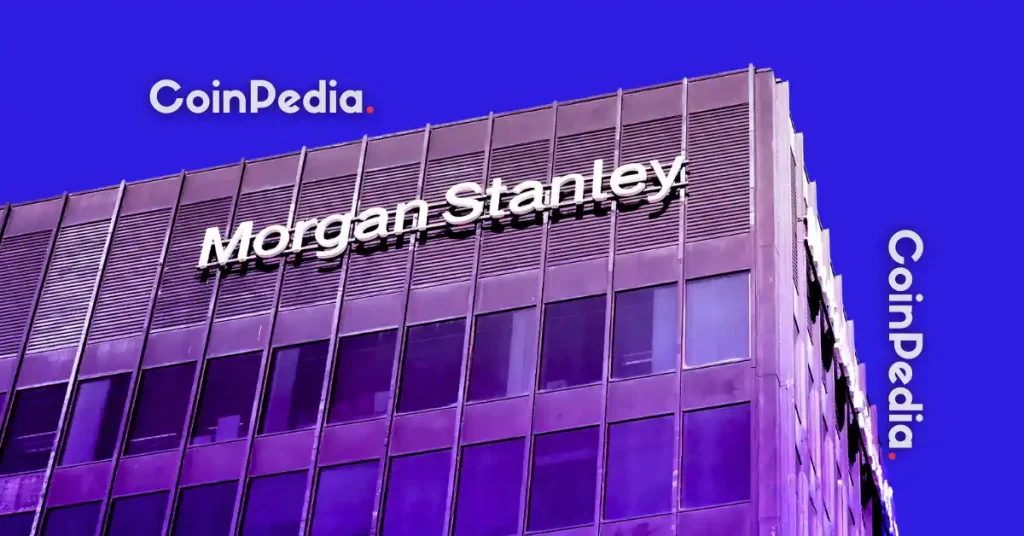A stark reminder of how the price of Bitcoin is influenced by retail traders and social media predictions came on Friday with the cryptocurrency’s sudden price spike back up to $84,500. The market is notorious for its volatility, but the movement of Bitcoin in recent days is a prime example of how the sentiment of investors—particularly when they are fearful, uncertain, or doubtful (FUD), or when they are imagining how much they are missing out (FOMO)—can lead to sharp and unexpected price swings. Bitcoin’s recent price surge came right after a significant dip to $78,000, a level that sparked an outburst of FUD on social media. As the price plummeted, predictions of further decline flooded platforms, with many retail traders convinced that the price would soon dip under $70,000. These predictions, however, proved to be wrong once again, as Bitcoin’s price rebounded dramatically, challenging many traders’ expectations. The same scenario played out just a month ago, at the end of February, when retail traders were certain that Bitcoin would continue to fall, only to witness a sharp reversal and a surge in price at the beginning of March. Bitcoin's rally back to $84.5K Friday shows what happens when the Monday crowd claims it's time to sell. Predictably, FUD hit its peak as $BTC was down to $78K, with predictions pouring in for lower prices all across social media. This same phenomenon happened at the end of… pic.twitter.com/GB72pntDb3 — Santiment (@santimentfeed) March 15, 2025 This persistent pattern highlights a crucial tenet of market psychology: markets frequently advance contrary to the direction anticipated by the crowd. For people who watch Bitcoin’s price like a hawk, deciphering the way that social media has predicted market sentiment can be a key to unlocking even more profitable insight into the market’s next likely move. Social Sentiment: A Reliable Predictor of Bitcoin’s Price Movements In the past month, Bitcoin’s price has stayed in a relatively narrow trading range, with its market value neither falling below $70,000 nor rising above $100,000. This established range provides a clear framework for understanding the psychological behavior of traders. When Bitcoin’s price nears the lower end of this range, the types of predictions we hear from retail traders begin to change. Whereas in the previous phase, when we were kind of aimlessly wandering around the middle of the range, traders were projecting all sorts of not-so-positive price outcomes, now that we’re cruising down toward the lower end of the range, kind of dipping in and out of $70,000, traders are projecting some really negative outcomes. At periods of extreme market sentiment—be it fear or greed—historical data suggests that a price reversal is often on the horizon. Why? Because when a large number of traders all share the same outlook, they tend to overextend the price in one direction, whether it be fear-driven selling or euphoric buying. When a big portion of the market is on one side, that creates the perfect setup for the smart money to make a move in the opposite direction. If we look at trading as a zero-sum game, the collective behavior of the crowd means that at moments of extreme shared belief, the crowd is about to get flipped. FUD and FOMO as Market Indicators One of the most salient features of Bitcoin’s recent price behavior is that it has started to show a tendency to form “clusters” of social media predictions that serve as highly reliable indicators of impending price reversals. When Bitcoin’s price is moving in a downward direction and a significant number of traders are now predicting that the price is going to fall below $70,000, this is now a good time to stop and assess the situation because these kinds of predictions represent the market embracing fear, uncertainty, and doubt, or FUD, as we like to call it. Oftentimes, these blue bars of social sentiment analysis are heralding a price reversal that will favor Bitcoin’s price. Quite frequently, when these predictions arise, the price is much closer to the bottom than is commonly perceived. In contrast, when the market is rapidly increasing and social media is full of predictions that the price will go up over $100,000, this is actually a sign that the market is excessively optimistic and possibly at the end of a blow-off top. What is seen in these red bars—this is the range we will investigate more closely—is a picture of inflation in how much value people think Bitcoin has. And that often leads to at least a dip in prices coming up. For a long time now, these patterns have shown themselves to be indicators we can reliably count on. When we plot them out, when we visualize them, when we understand them as narrative structures, we can get a real feel for what’s happening in a society or within the market. And what’s happening with either of those two entities is usually a pretty good proxy for what’s going to happen with the price of Bitcoin. The Psychology Behind Bitcoin’s Price Movements A central factor explaining Bitcoin’s price volatility is crowd psychology. Traders’ emotional reactions, rather than any fundamental or technical indicators, often dictate price movements. This is especially true for retail traders, who account for a large portion of Bitcoin’s trading volume and whose actions are more likely influenced by the speculative nature of the asset and by the kind of crowd behavior traditionally associated with investing in bubble-like situations. When social media is taken into account, the potential for Bitcoin’s price to be driven by unfounded euphoria or by price-insuring panic becomes even clearer. For investors in Bitcoin, the herd mentality is an important thing to avoid, especially during turbulent market conditions. When emotional swings are at their highest, it’s likely that many investors are basing their decisions on the way social sentiment is skewed at that moment. And when prices are swinging in either direction, that’s when you’re likely to see the most extreme sentiment in social media and online discussions. When things are this intense, it’s more important than ever to keep your head and remember why you invested in Bitcoin in the first place. To sum up, the recent surge in Bitcoin is a straightforward reminder that the psychology of the crowd exerts a powerful influence over the market’s direction. Eliciting the market’s behavior during moments of intense fear and greed can allow traders to glimpse what lies behind the next significant price shift. During such moments, might it not make just as much sense to lead with our noses as with our faces? Crowding tends to happen in both directions—shorting and going long; during both, one is at risk of being stepped on. Disclosure: This is not trading or investment advice. Always do your research before buying any cryptocurrency or investing in any services. Follow us on Twitter @nulltxnews to stay updated with the latest Crypto, NFT, AI, Cybersecurity, Distributed Computing, and Metaverse news ! Image Source: gulzarkarimn / 123RF // Image Effects by Colorcinch



